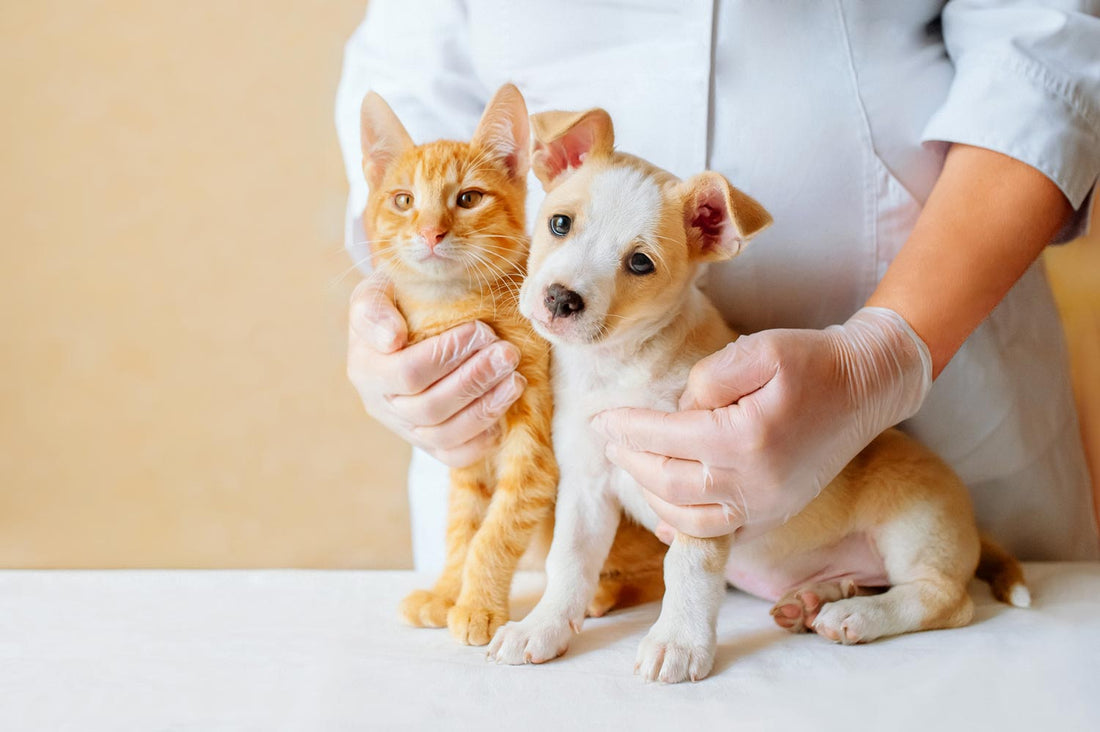Let's explore the causes, coping strategies, and prevention methods for motion sickness symptoms in pets.
[Causes of Motion Sickness]
- Differences in sensory organs, similar to humans
Pets, like humans, have sensory organs that play a crucial role in maintaining balance. When there is a conflict between the visual signals received and the signals from the inner ear responsible for balance, it can lead to motion sickness.
- Unfamiliar smells and sounds inside the vehicle
Being in a vehicle with unfamiliar smells and sounds can be disorienting for pets, contributing to motion sickness. The combination of these sensory inputs with the motion of the vehicle can trigger nausea and discomfort.
- Speed and vibrations of the vehicle
The speed and vibrations experienced during car rides or other modes of transportation can affect pets differently. Some pets may be more sensitive to these movements, increasing the likelihood of motion sickness.
- Stress due to unfamiliar environment
Traveling to new places can be stressful for pets, especially if they are not accustomed to being in different environments. Stress and anxiety can exacerbate the symptoms of motion sickness.
[Symptoms of Motion Sickness]
- Frequent licking of the nose or excessive yawning
Pets may display signs of restlessness, such as licking their nose or excessive yawning, as a response to motion sickness. These behaviors can indicate their discomfort and uneasiness.
- Irregular breathing and panting
Pets experiencing motion sickness may exhibit irregular breathing patterns and increased panting. This can be a physiological response to the stress and discomfort they are feeling.
- Inability to sit still, showing signs of restlessness
Restlessness is a common symptom of motion sickness in pets. They may struggle to find a comfortable position, constantly shifting or pacing in an attempt to alleviate their discomfort.
- Vomiting or diarrhea
Severe cases of motion sickness can lead to vomiting or diarrhea in pets. These symptoms are a result of the body's response to the perceived imbalance and discomfort.
[Coping Strategies for Motion Sickness]
- Finish meals 2-3 hours before traveling
It's best to finish their meals 2-3 hours before traveling to reduce the feeling of nausea. Avoid overfeeding, as it can worsen the symptoms. Adjust the portion size accordingly.
- Allow adaptation time
Give your pet enough time to adapt to the environment inside the vehicle, approximately 10-20 minutes before starting the journey. If your pet is used to short-distance, it can help them perceive the car as a comfortable place, reducing anxiety and reluctance.
- Use a travel crate or carrier
For pets accustomed to travel crates or carriers, providing them a safe and familiar space to rest can help alleviate motion sickness. For cats, blocking their view of the outside or adding familiar items inside the carrier, such as blankets or clothing, can provide a sense of security.
- Take regular breaks every hour
During long journeys, taking breaks every hour allows pets to stretch their legs and get fresh air. Opening the windows for ventilation and offering water to dogs can help alleviate motion sickness symptoms.
- Speak to your pet frequently
Creating a calm and soothing environment by speaking to your pet frequently can help reduce anxiety. Placing them in the backseat, where vibrations and noise are relatively minimal, can further aid in preventing motion sickness.
For our beloved companions whom we always want to be with, with a little extra care from pet owners, trips can become even more enjoyable and happier experiences.


